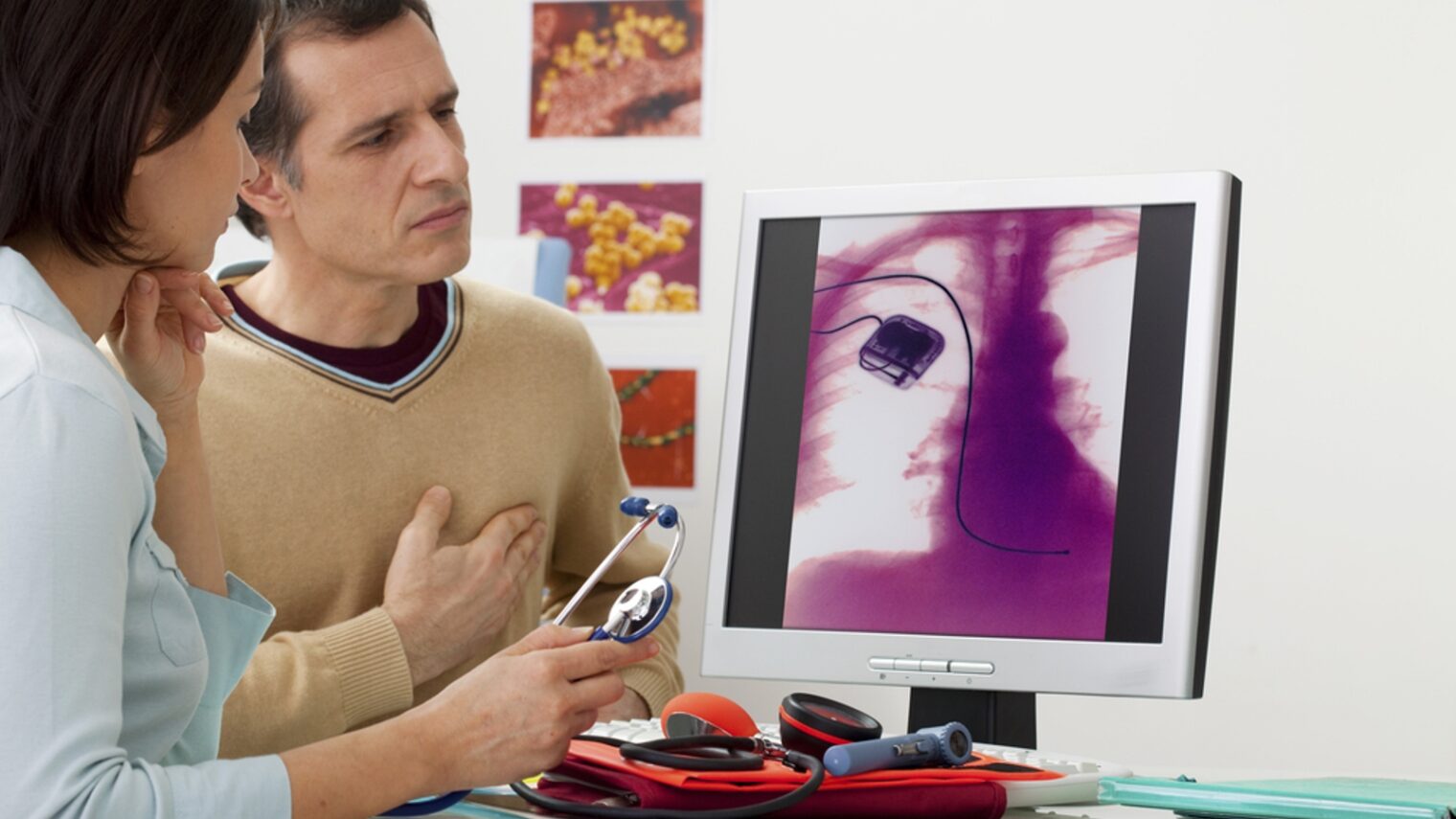In a breakthrough that could change the future of pacemakers, Israeli researchers have used mechanical stimulation to “train” cardiac cells to beat at a given rate.
The Technion-Israel Institute of Technology team’s findings, published recently in Nature Physics, also demonstrate for the first time that direct physical contact with the cardiac cells is not required to synchronize their beating.
As long as the cardiac cells are in the tissue being mechanically stimulated, they are trained by the stimulation, with long-lasting effects that persist even after the stimulation is stopped.
“Cell-cell communication is essential for growth, development and function,” explained Assistant Professor Shelly Tzlil of the Technion Faculty of Mechanical Engineering.
“We have shown that cells are able to communicate with each other mechanically by responding to deformations created by their neighbors. The range of mechanical communication is greater than that of electrical and chemical interactions,” she said.
“Another significant discovery is that the duration of cell pacing is greater when the stimulus is mechanical, indicating that mechanical communication induces long-term alterations.”
In the researchers’ experiments, the stimulation was applied by means of an artificial “mechanical cell,” consisting of a tiny probe (with a 0.0025 cm tip diameter) that generated periodic deformations in the underlying substrate of cardiac tissue. The deformations mimicked those generated by a beating cardiac cell that was also in the tissue.
After a brief 10-minute training period, the cardiac cell synchronized its beating rate with the mechanical cell. Furthermore, the cardiac cell maintained the induced beating rate for more than one hour after mechanical stimulation was stopped.
https://www.youtube.com/watch?v=r4t53Pr_qks
“In this study, we show that an isolated cardiac cell can be trained to beat at a given frequency by mechanically stimulating the underlying substrate,” said Tzlil.
“Mechanical communication plays an important role in cardiac physiology, and is essential for converting electrical pacing into synchronized beating. Impaired mechanical communication will lead to arrhythmias even when electrical conduction is working properly. The medical implication is that adding mechanical elements to electrical pacemakers will significantly improve their efficiency.”
In addition to Tzlil, the researchers included Ido Nitsan, Stavit Drori and Shlomi Cohen from the Technion’s Faculty of Mechanical Engineering, and Yair E. Lewis of the Technion’s Institute for Research in the Medical Sciences.













